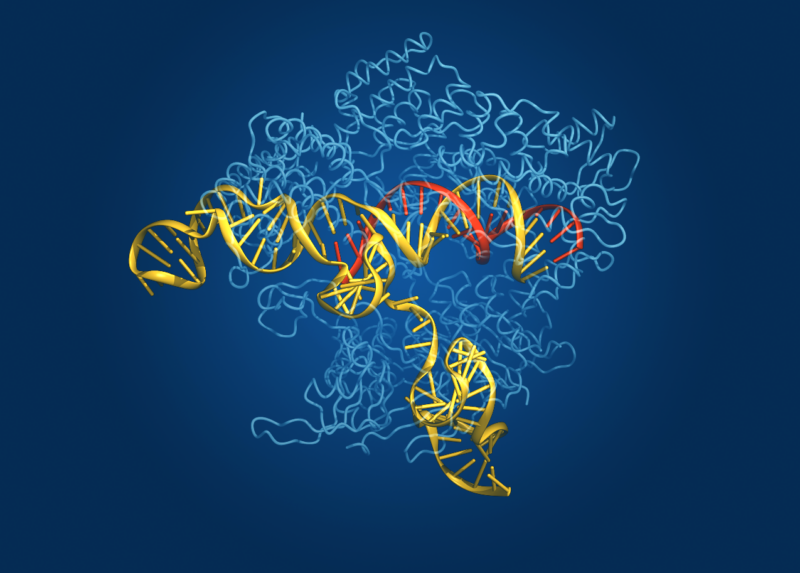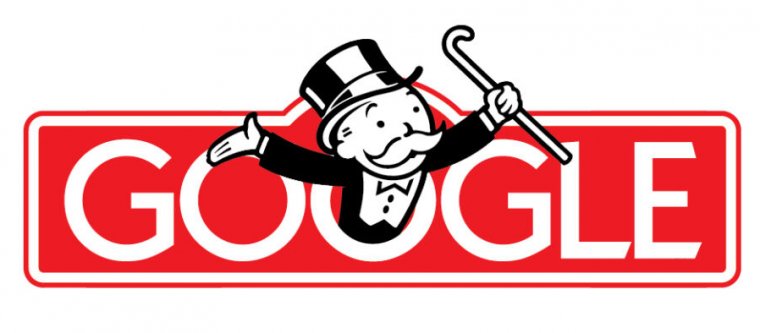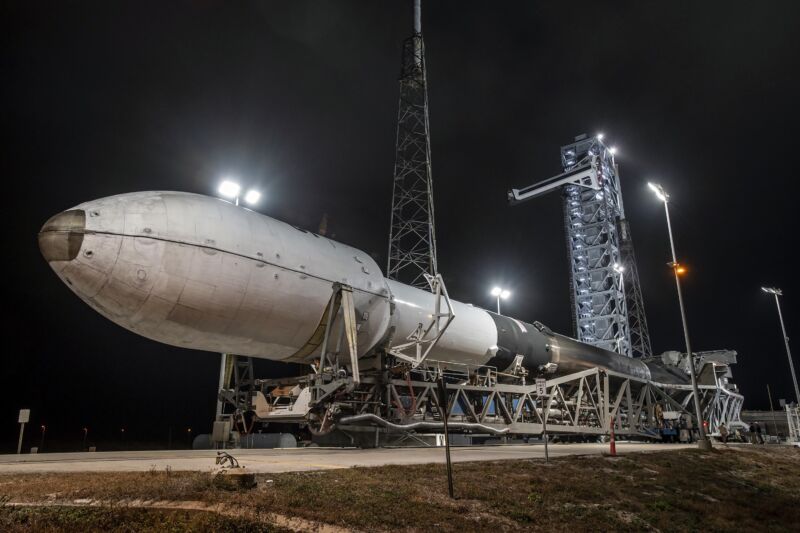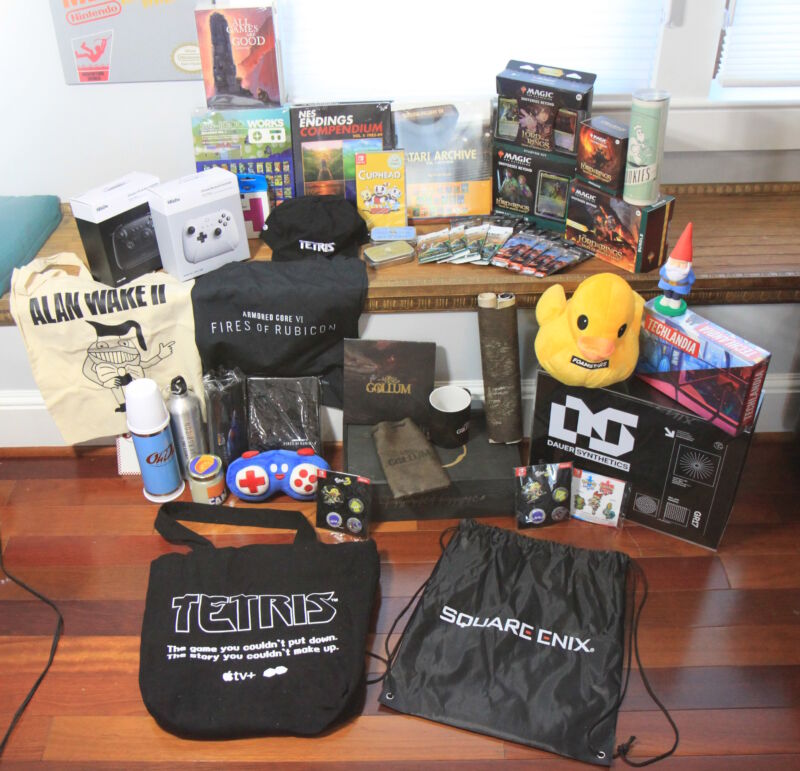-
 chevron_right
chevron_right
No further investments in Virgin Galactic, says Richard Branson
news.movim.eu / ArsTechnica • 2 December, 2023
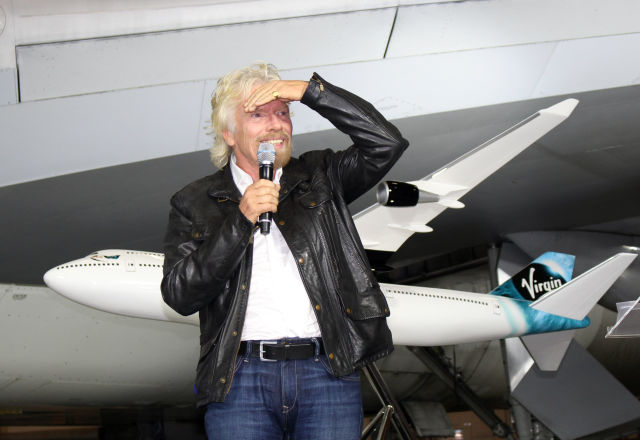
Virgin Galactic founder Richard Branson. (credit: Eric Berger)
Sir Richard Branson has ruled out putting more money into his lossmaking space travel company Virgin Galactic, saying his business empire “does not have the deepest pockets” any more.
Virgin Galactic, which was founded by Branson in 2004, last month announced it was cutting jobs and suspending commercial flights for 18 months from next year, in a bid to preserve cash for the development of a larger plane that could carry passengers to the edge of space.
The group has said it has enough funding to carry it through to 2026, when the bigger Delta vehicle is expected to enter service. But some analysts are expecting Galactic to ask investors for more money in about 2025.



